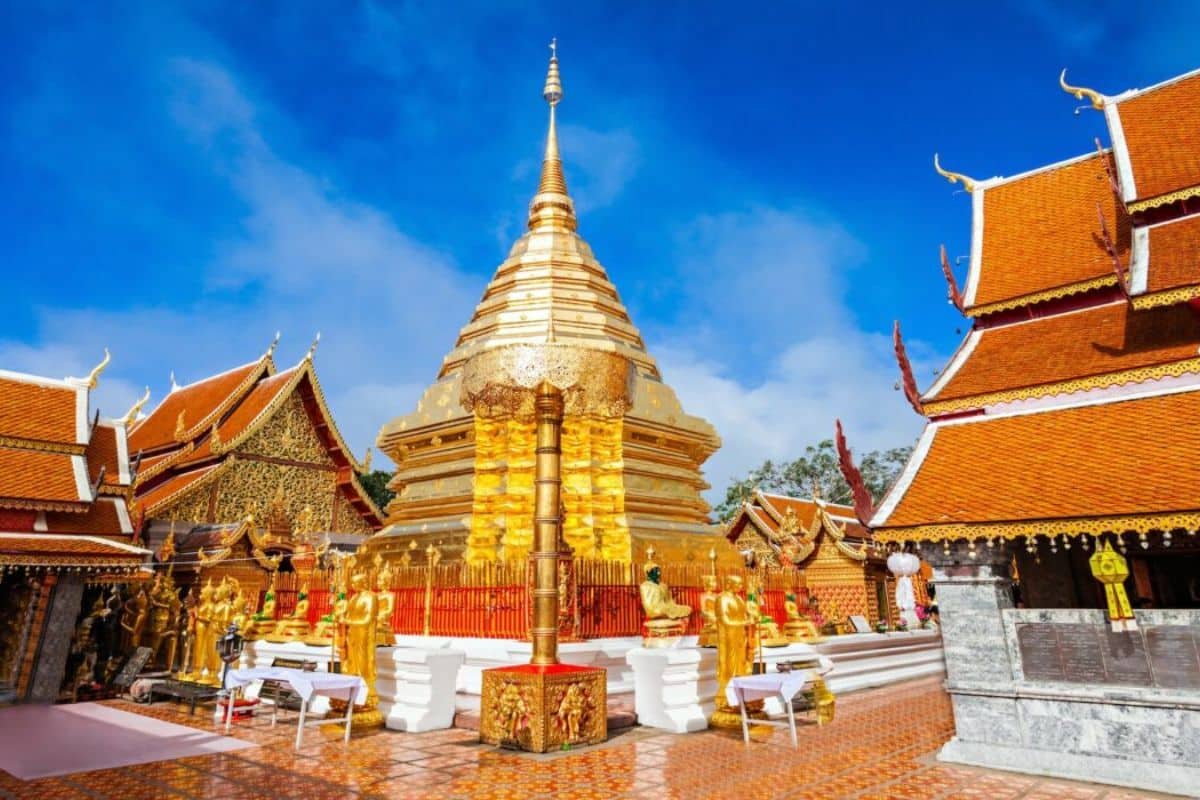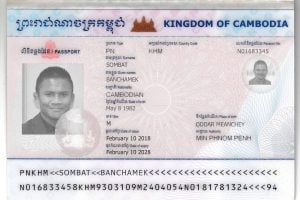Chiang Mai aims for UNESCO World Heritage status by 2026

The Thai government plans to nominate Chiang Mai as a UNESCO World Heritage Site by 2026, coinciding with the northern city’s 730th anniversary.
Culture Minister Sudawan Wangsuphakijkosol revealed that a government committee has prepared a nomination dossier since Chiang Mai was added to UNESCO’s tentative list this year.
The nomination dossier, aimed at promoting the city as a World Heritage site, emphasises seven key locations that reflect its cultural and historical significance. These include Wat Chiang Man, Wat Jedi Luang, Wat Phra Singha, Wat Jet Yot, Wat Suan Dok, Wat U-Mong, Wat Phrathat Doi Suthep, and the city’s walls and moat.
Expected to be finalised by August, the dossier will be submitted to the UNESCO General Conference panel in 2026. The nomination aligns with the celebration of Chiang Mai’s 730th anniversary.

“Chiang Mai served as the capital of the Lanna Kingdom, boasting a 730-year history. Its historical wealth is evident in numerous temples and archaeological sites. The tradition, people, and culture of Chiang Mai are what draw visitors.”
Simultaneously, the Internet Dialogue on Law Reform (iLaw) is advocating for the transformation of Chiang Mai from a province to a metropolis through the Chiang Mai Metropolis Act. A local source mentioned that iLaw aims to collect 10,000 signatures to present to the Cabinet, reported Bangkok Post.
Representing local civil society networks, iLaw proposes the act as part of a decentralisation initiative, allowing local authorities to operate independently from the central government. This act would enable residents to elect their governor and city council under provincial election constituencies.
The city council would replace the Chiang Mai Provincial Authority Office, with the elected governor having full control over fiscal and budget management, as well as overseeing local subordinate bodies.
In similar news, Chiang Mai aimed to break a Guinness World Record, with more than 20,000 dancers performing the traditional fingernail dance at the iconic Three Kings Monument. This event celebrated the city’s 729th anniversary and aimed to stage the largest fon leb performance ever, showcasing graceful hand movements, vibrant costumes, and cultural heritage.
Latest Thailand News
Follow The Thaiger on Google News:


























